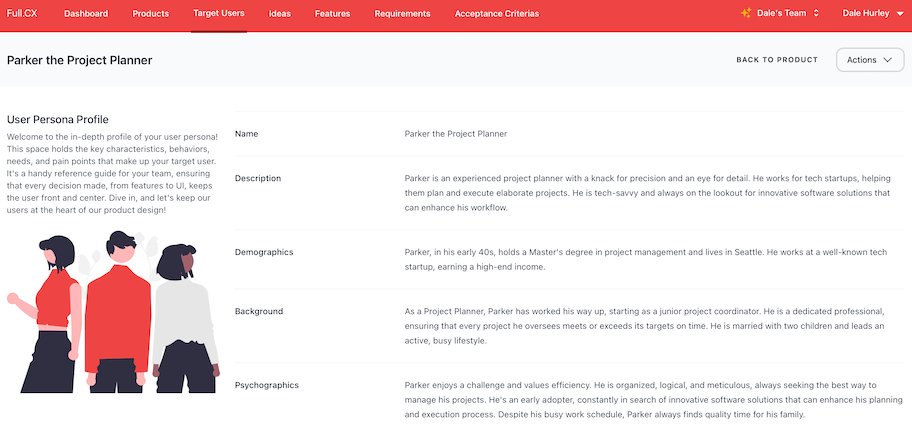The incorporation of Agile methodologies is revolutionizing the way businesses operate, offering a dynamic approach to project management that is responsive to change and focused on customer satisfaction. Agile, unlike the traditional waterfall model which is sequential and rigid, offers a more iterative and flexible process, ideal for projects where requirements are expected to evolve.
Understanding Agile begins with its core principles as outlined in the Agile Manifesto. These principles prioritize individuals and interactions, working solutions, customer collaboration, and responding to change. By adhering to these foundations, teams can embrace a workflow that promotes adaptability, continuous feedback, and a high degree of cross-functionality.
To effectively implement Agile methodologies, one must first foster a culture that supports its philosophy. This involves a shift in mindset from a command-and-control approach to one that encourages empowerment and collaboration. Each team member should feel invested in the project's success and knowledgeable enough to make decisions that will advance the project's objectives. Hence, frequent communication and daily stand-ups are pivotal practices within Agile teams.
One popular Agile framework is Scrum, which organizes work into time-boxed iterations known as sprints, typically lasting two to four weeks. Before each sprint, the team conducts a planning meeting to prioritize the work to be done, keeping customer value at the forefront. Throughout the sprint, daily stand-up meetings help the team align on progress and address any impediments.
Another central component of Agile is the iterative development process. Instead of waiting until the end of the project to deliver a final product, Agile teams produce work in small, consumable increments. This allows for regular feedback from stakeholders and the ability to make necessary adjustments swiftly, ensuring a better fit for the end user's needs.
Continuous improvement is another hallmark of Agile. After each sprint, the team reflects during a retrospective meeting to discuss what went well and what could be improved. These insights are then applied to the next sprint, fostering an environment of ongoing optimization and learning.
To truly benefit from Agile, teams must also embrace technical excellence. Practices such as automated testing, continuous integration, and continuous delivery are vital, as they ensure quality is maintained and releases can happen with greater frequency and less risk.
While Agile offers significant benefits, it is not without challenges. It requires a commitment from all stakeholders and a willingness to let go of traditional measures of progress, such as extensive documentation. Instead, success is measured by the delivery of valuable, functional software and satisfied customers.
Implementing Agile methodologies is a transformative journey that compels organizations to evolve in their approach to project management. By valuing individuals, collaboration, and customer feedback, embracing an iterative process, and committing to continuous improvement, businesses can expect to see enhanced productivity, higher quality products, and increased customer satisfaction. With the right mindset and practices in place, the Agile journey can lead to a more flexible, efficient, and effective work environment, ready to adapt to the ever-changing landscape of business challenges and opportunities.
Empowering Your Product
Team for Success.
Start using Full.CX today.
Smart tools to streamline your transition from concept to concrete specifications.

